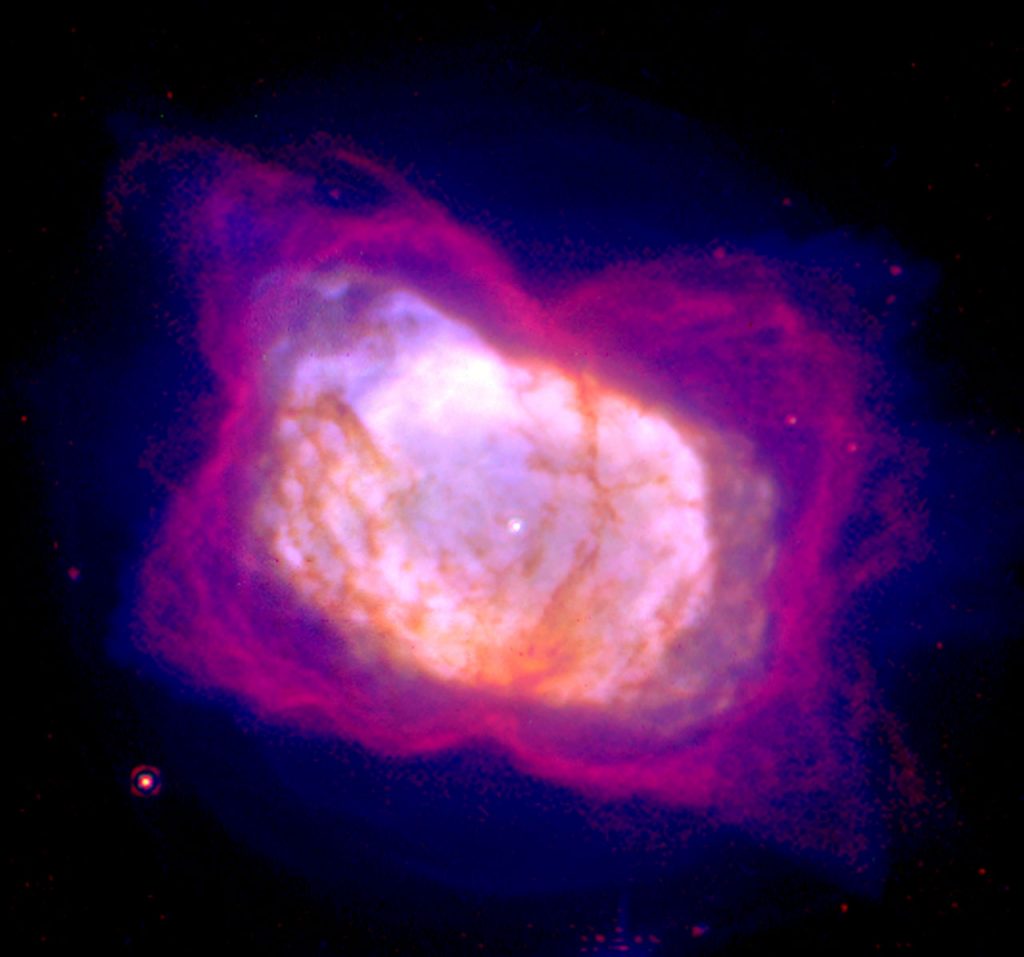April is certainly the month of space discovery.
After the announcement last April 10 about the first image of a black hole, here comes the news of the discovery of the first molecule of the Universe.
A confirmation more than anything else, since the existence of the helium hydride molecule had been theorized but there had never been any real trace of it. And instead by the Max Planck Institute, the team led by Rolf Gustenwas able to identify precisely that molecule, located within the planetary nebula NGC 7027, and considered by scholars as the first form of matter in the Universe.
There’s talk of ancient times dating back to the Big Bang, about 14 billion years ago. As described in the study published in the scientific journal Nature, the formation of the primordial molecule was given by the conditions present in the cosmos immediately after the gigantic explosive event. At a temperature of -4000 degrees Kelvin, the recomposition of the ions of particular elements formed the first molecules of matter, including the helium ions HE2+ and He+.
The particularity is that this element does not exist on Earth, because the two atoms tend to divide into helium and hydrogen. The first “terrestrial” molecule was created in the laboratory in 1925, but it is only thanks to the long work of Gusten’s team, started in 2016, and the use of a special spectrometer installed on a Boeing 747 that it was possible to detect one of the original molecules inside the distant nebula of the Swan Constellation, far from us as many as 2600 light years.
